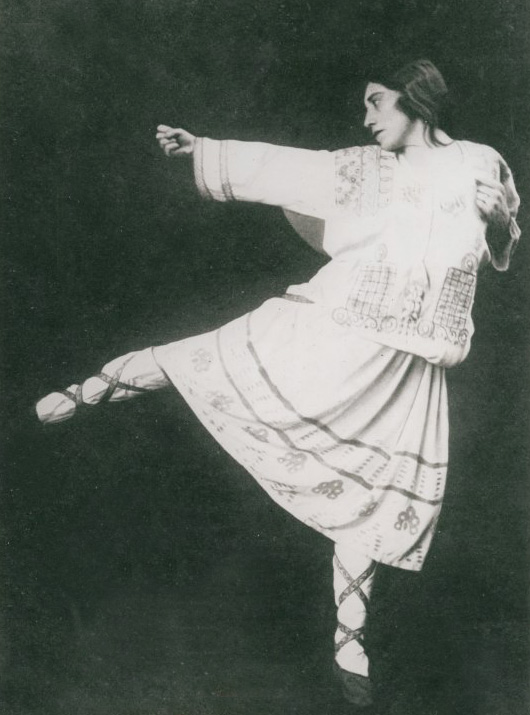OTD in early British television: 11 September 1935

John Wyver writes: The evening of Wednesday 11 September 1935 saw the final 30-line broadcast from the BBC studio in Portland Place. There had been regular BBC transmissions since August 1932, but now following the Selsdon Report’s recommendation that a high definition service be started, these were discontinued with little fanfare or recognition.
The Selsdon Report on the future of television, published in January 1935, had been only modestly positive about the achievement of the more than 600 30-line presentations, recording that they had ‘a certain value to those interested in Television as an art, and possibly, but to a very minor extent, to those interested in it only as an entertainment.’
The decision of when to close down the transmissions was left to the newly constituted Television Advisory Committee (TAC), which in May acceded to the BBC’s wishes that they be given permission to do this. No public announcement from Selsdon, the TAC or indeed the BBC recognised the extraordinary journey made by the medium since the Baird company’s’s first simultaneous sound and vision broadcast from Long Acre on 31 March 1930.
Late on the evening of 11 September 1935, the great dancer Lydia Sokolova (above) was the final artist to feature on the 30-line service. Disgruntled about being offered only a producer position in the forthcoming high-definition service, and not the lead role as he expected, Eustace Robb, who had been running the BBC operations, had taken himself off to Switzerland.
A journalist noted that just before transmission Robb rang to wish the studio luck. Desmond Campbell and Eveline Peacock were running the studio. The observer further noted that,
Guests were visibly affected as the announcer read, “Some of us who have followed the television programmes for the past three years will feel somewhat sad that we are looking at the last programme on 30-line television to-night. We present a programme of some of the valiant little band of artists who have helped to popularise the new art, which is full of such fascination and scope.”
With the indefatigable Cyril Smith at the piano, a defiantly upmarket programme included operatic offerings from The Barber of Seville and Les Hugenots, Russian dances, and two Sokolova solos, with the second set to part of Mussorgsky’s A Night on the Bare Mountain.
The great ballerina had flung herself to the floor in a climax to the Bacchanale when the light of the scanner was dimmed for the last time. ‘And that, ladies and gentlemen, is the end of the last television programme on thirty lines, so may we say Good-bye.’ It was the announcer speaking in even tones. Sokolova was assisted to her feet; the first phase of the new service was over; and we departed for a toast to the future.
Image: Lydia Sokolova in an earlier incarnation thirteen years before, as the chosen virgin in Stravinsky’s The Rite of Spring; photograph by Petr Ivanovich Shumov, from the collection of the Jerome Robbins Dance Division, The New York Public Library.
[OTD post no. 268; part of a long-running series leading up to the publication on 8 January 2026 of my book Magic Rays of Light: The Early Years of Television in Britain, which can now be pre-ordered from Bloomsbury here.]
Leave a Reply